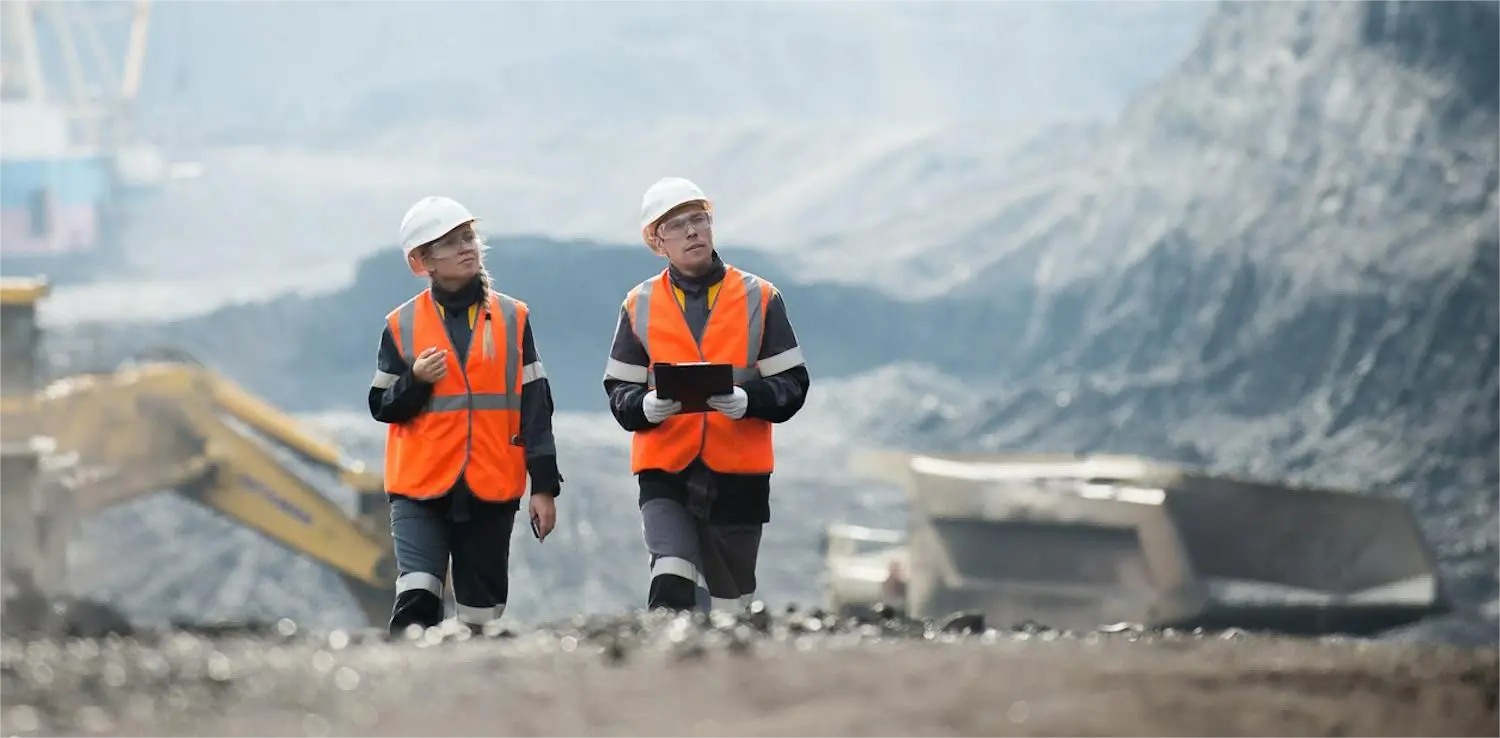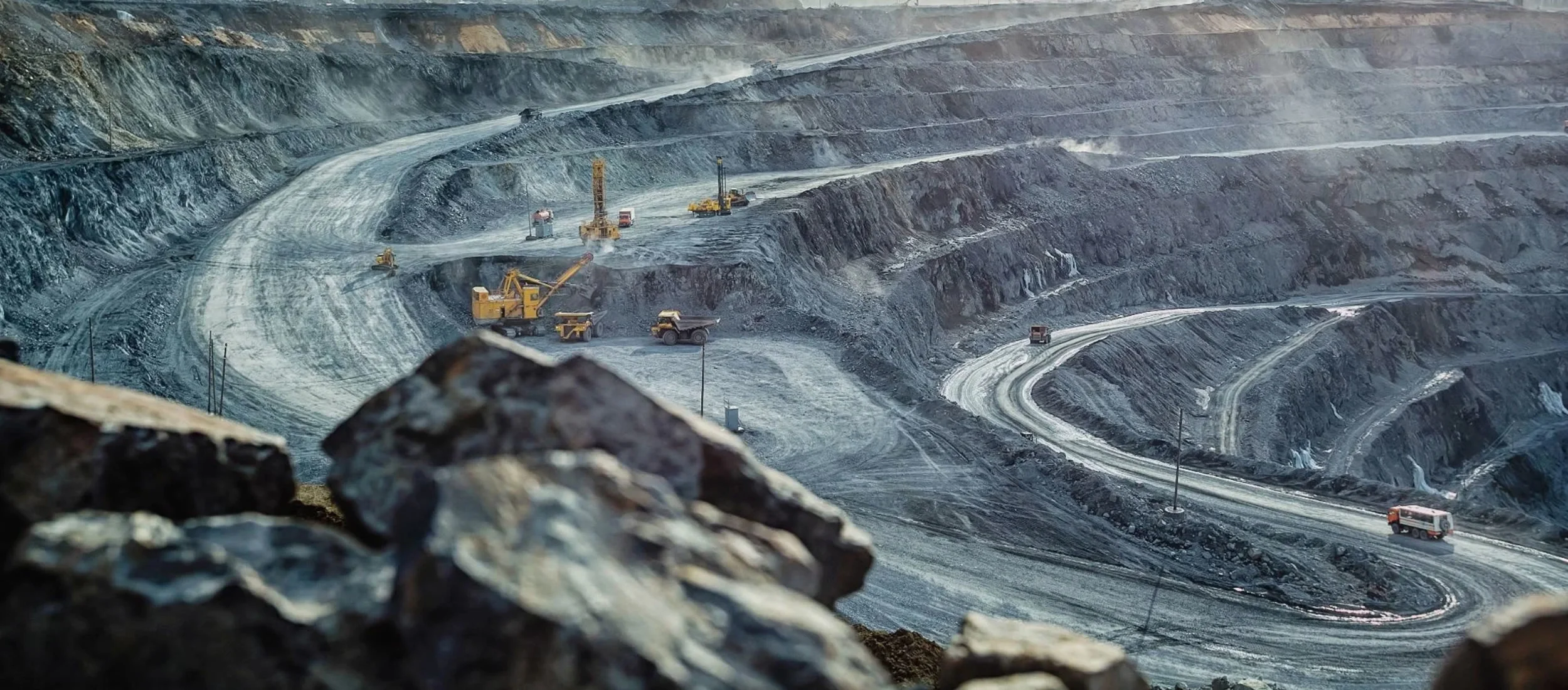The role of location technology in the mining industry

Location technology is key for transforming and digitizing the mining industry, where safety, sustainability and efficiency are all pressing concerns.
Volatile prices for minerals, concerns about workers' safety and the environment are all pressures on the mining industry. At the same time, the sector has been slow to digitize, with data stored in separate silos. To add to that, many mining companies hold back on digitization out of security fears, keen to avoid their data falling into competitors' hands.
That could be about to change. Spending on digitization in the mining industry is forecast to reach US$9.3 billion in 2030, up from US$5.6 billion in 2020.
A report from ABI Research, Digital Transformation and the Mining Industry, lays out what the industry must do to harness the benefits of digital tools.
Tracking assets, materials and employees can make mining more efficient
Remote control
The world has changed thanks in part to the pandemic. A trend for mining companies to run operations from control centers off-site has accelerated, saving on costs and keeping workers safe. Niche data analytics tools such as Strayos, which mimics drilling and blasting activities, support these operations.
The industry is investing in technology to build digital twins of mines, as well as cybersecurity measures to protect sensitive information from leaks.
“COVID-19 has accelerated investments in networking technologies, cloud applications and cybersecurity, so that staff can work from a city center location as if they were at a mining site," said ABI in the report.
Sensors paired with data analytics can help mines avoid downtime, and to track wastewater levels, vehicles, staff and materials when they are on their way to ports. This is underpinned by investment in cellular networks. Ultimately, autonomous trucks could remove materials from blast zones, while information about rock formations from drones could be analyzed remotely at operations centers. It can all be supported by location data and mapping tools.
The digital underground
Both underground and open-cast mines can benefit from these investments, according to ABI. But it requires long-term thinking and an effort to coordinate digital strategies across the facilities, rather than investing in each one in isolation. There might be some resistance to change at first in such a traditional and safety-conscious industry.
HERE Technologies has an end-to-end solution for supporting miners' efforts to digitize their operations. Hardware and software solutions can enable real-time visibility of customer assets' location and status, create a digital twin of mines, and help customers to overcome challenges associated with data silos.
Miners can track their vehicles and/or workforce, and work on optimizing processes (supported by use case analytics with alarms raised for exceptions) with data collected from HERE's sensors or satellite images from a third party and processed in real-time.
For asset tracking, HERE offers real-time visibility of your assets' location and status, both indoors and out. Asset tracking consists of hardware sensors, APIs and applications.
“Mines are both unique and challenging operating environments and HERE is well placed to underpin operators' efforts to make sense of the landscape and operate in a safe manner," the report concludes.
Reduce asset loss and costs in your supply chain by tracking assets in real-time with an end-to-end solution.
Your email address will not be announced. The required field marking is*


